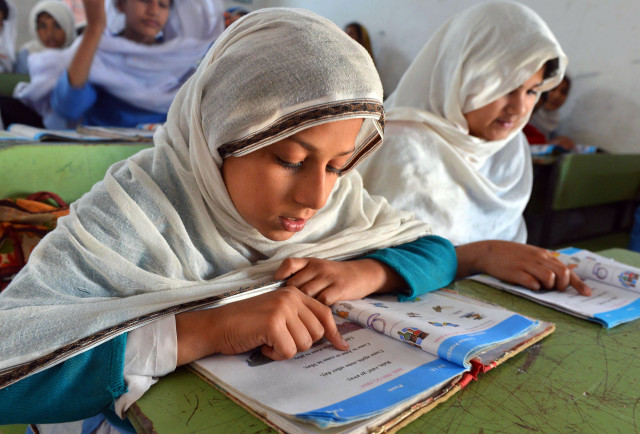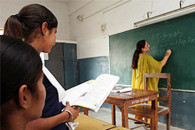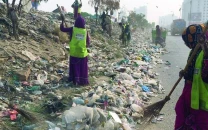UNICEF report: No schooling for nearly 4m children in Sindh
Study also reveals that two-thirds of women and one-third of people over the age of 10 in the province are illiterate

PHOTO: PAKISTANTODAY
The report – the first government-endorsed thematic study on the current status of children in Punjab, Sindh, Khyber-Pakhtunkhwa, Baluchistan, Federally Administered Tribal Areas, Federal Territory Islamabad, Gilgit-Baltistan and Azad Jammu and Kashmir – has been presented by Unicef and the National Children’s Complaint Office of the federal ombudsman, Islamabad.
According to Ejaz Ahmed Qureshi, national commissioner of children’s complaint office (CCO), the report is a factual representation of the children’s situation in Pakistan as it covers the federal areas as well as the provinces and special regions of the country.
The study while highlighting the challenges faced by the education sector in the province disclosed that, approximately, 40% of school-aged children, 4 million children aged 5 to 12, are not in school.
Female participation in education remains a key challenge. There is a large gap between the enrolment rates of boys and girls at different levels of schooling. Gender disparity varies across the regions and became extremely high in rural areas of the province where only 31% girls are enrolled in primary schools.
Shortage of schools; poor infrastructure of existing schools; lack of quality teaching, learning material and absence of meaningful community involvement have resulted in low levels of school participation, high dropout rates and inadequate students learning outcomes and the growth of private schools that are often unregulated.

The lack of girl-friendly facilities, such as separate toilets, boundary walls and female teachers are key barriers to female participation in formal schooling.
According to recently released statistics by the South Asian Forum for Education Development (SAFED), in rural Sindh 32% children do not go to school, cannot read sentences in Urdu or Sindhi, 66.5% cannot read sentences in English, and 73% cannot do simple two-digit subtraction sums. (The SAFED report was based on assessments conducted in six districts of the province).
Flood 2010
The flash flood also ravaged the education sector and caused serious damage to the primary, middle, secondary and higher secondary schools throughout Sindh. The report also revealed, 6,847 (14%) schools were completely destroyed. Some schools were partially damaged. According to an initial assessment by the department of education, damages done by the flood stood at 42.86%, by IDPs at 33.32% and by rains at 17.06% of the schools.
According to data reported in 2010-11, 44,038 (88.78%) schools are functional and 5,567 (11.22%) schools are closed. It means that 89% schools are closed in rural areas and 2% in the urban areas.
Missing facilities
Government schools in Sindh, as in other provinces, are most neglected institutions. They lack facilities, such as clean drinking water, toilets, boundary walls, electricity and even buildings.
In the same province, the number of school with missing facilities has increased since last year and many have been declared dangerous, but children continue to seek knowledge in these institutions.
Published in The Express Tribune, April 27th, 2015.



















COMMENTS
Comments are moderated and generally will be posted if they are on-topic and not abusive.
For more information, please see our Comments FAQ